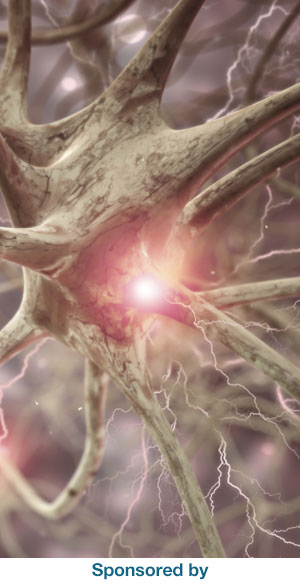

Hari Shroff, Ph.D., head of the Section on High Resolution Optical Imaging at the National Institute of Biomedical Imaging and Bioengineering (NIBIB), will speak on his lab's latest work to develop high-resolution optical methods for the study of live, dynamic, 3D samples, including efforts to improve structured illumination microscopy (SIM) and light-sheet microscopy.
SIM doubles the spatial resolution of light microscopy, requiring lower light intensities and acquisition times than other superresolution techniques. Shroff will present SIM implementations that enable resolution doubling in imaging volumes more than 10-20x thicker than possible with conventional SIM, as well as hardware modifications that enable essentially "instant" SIM imaging at rates 10-100x faster than other SIM. New applications of instant SIM, including in combination with adaptive optics and total internal reflection microscopy, will also be shown.
The second half of the talk will focus on the development of inverted selective plane illumination microscopy (iSPIM) and its application to the noninvasive study of neurodevelopment in nematodes. Shroff will discuss progress in this area, specifically the quadrupling of the axial resolution of iSPIM by utilizing a second specimen view, thus enabling imaging with isotropic spatial resolution (dual-view iSPIM, or diSPIM). He will present applications of this technology, including computational methods for untwisting worm embryos. Finally, Shroff will present new implementations of light-sheet microscopy that improve the spatial and temporal resolution of diSPIM.
Hari Shroff completed his doctorate in biophysics at the University of California, Berkeley, in 2006 under the mentorship of Jan Liphardt. He spent the next three years performing postdoctoral research under the mentorship of Nobel laureate Eric Betzig at the Howard Hughes Medical Institute's Janelia Research Campus, where his research focused on development of photoactivated localization microscopy (PALM), an optical superresolution technique. Since 2009, he has been head of the Section on High Resolution Optical Imaging at the NIBIB, where he and his staff develop novel imaging tools for application in biological research. Current interests of the lab include superresolution, adaptive optics, deconvolution, and applications in cell biology and neuroscience.
|
MARK YOUR CALENDAR
Date: Thu, Feb 16, 2017
Time: 1:00 PM - 2:00 PM EST
|
Space is limited. Reserve your Webinar seat now at:
https://attendee.gotowebinar.com/register/3504970768813665284
After registering you will receive a confirmation email containing information about joining the Webinar.
|
SYSTEM REQUIREMENTS
PC-based attendees
Required: Windows® 10, 8, 7, Vista, XP or 2003 Server
Mac®-based attendees
Required: Mac OS® X 10.6 or newer
Mobile attendees
Required: iPhone®, iPad®, Android™ phone or tablet, Windows 8 or Windows Phone 8
|
Visit Photonics Media to watch past webinars on demand to learn more about the latest developments in lasers, imaging, optics, biophotonics, machine vision, spectroscopy, microscopy, photovoltaics and more.
https://photonics.com/Webinars.aspx
|
|

|
|



|